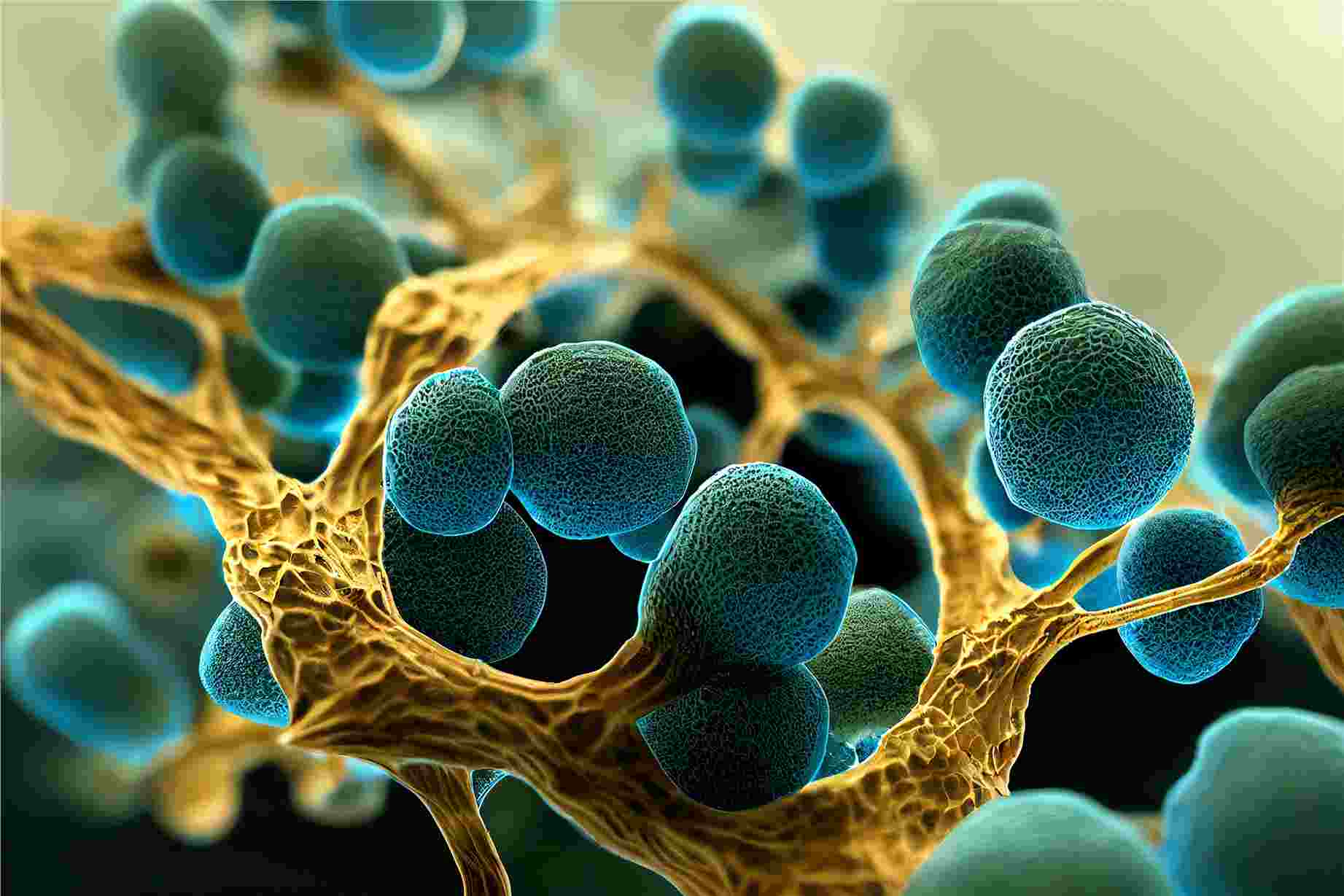
28
AugustPEG cGMP Manufacture: From Material Preparation to Quality Control
PEG manufacturing (Polyethylene Glycol) involves several steps and processes. Here is a general outline of how to conduct PEG manufacturing in a cGMP (current Good Manufacturing Practices) compliant facility:
Raw material selection: Choose high-quality raw materials, such as ethylene oxide and water, that meet the required specifications for PEG production.
Reactor setup: Set up the reaction vessel or reactor with appropriate equipment to handle the reaction, such as heating and cooling systems, agitation devices, and proper safety measures.
Ethoxylation: The ethylene oxide is introduced into the reactor while controlling the reaction conditions (temperature, pressure, and time) to ensure the desired level of polymerization. This process is known as ethoxylation.
Purification: After the reaction, the PEG mixture undergoes purification to remove any unreacted raw materials, impurities, or by-products. Various techniques like filtration, distillation, or chromatography can be employed for purification.
Concentration and drying: The purified PEG solution is concentrated to achieve the desired concentration level. This can be done through techniques like evaporation or reverse osmosis. The final concentrated PEG solution is then dried, typically through spray drying or freeze drying, to obtain the solid form of PEG.
Quality control: Throughout the manufacturing process, perform rigorous quality control tests to ensure the PEG products, for instance, PEG hydrogels, meet the required specifications and comply with cGMP regulations. These tests may include assessing the molecular weight, purity, moisture content, and other relevant parameters.
Packaging and labeling: Once the PEG product has passed quality control tests, it is packaged and labeled according to cGMP guidelines. This includes using appropriate containers, labeling with necessary product information, and ensuring proper storage conditions for the packaged PEG.
Documentation and record-keeping: Maintain detailed documentation of all manufacturing steps, including raw material usage, processing conditions, quality control results, and any deviations or corrective actions taken. This documentation is critical for GMP compliance and traceability.
Quality assurance and release: Before releasing the manufactured PEG for distribution or use, perform a final batch review and quality assurance check. This ensures that the product meets all required specifications and cGMP standards.
Storage and distribution: Store and distribute the PEG product under appropriate conditions as specified on the label. Maintain proper inventory management and tracking systems to ensure product traceability and prevent product mix-ups or contamination.
It is important to note that the manufacturing process may vary depending on the specific requirements of the PEG product, such as molecular weight, chemical modifications, or intended use. Therefore, it is recommended to consult with experts, such as chemical engineers or process development specialists, to optimize the manufacturing process for your specific application. Additionally, adherence to regulatory requirements and guidelines is crucial throughout the entire manufacturing process to ensure the safety and quality of the PEG product.
